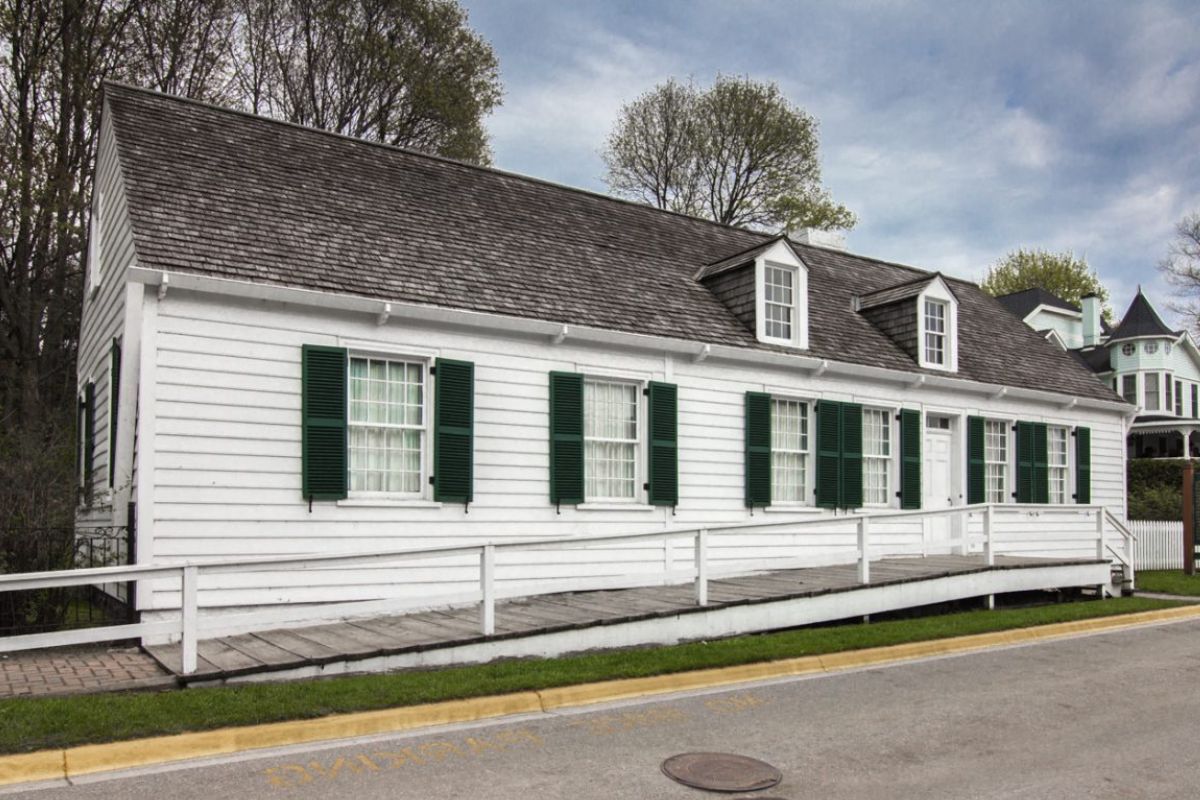Hidden Native American Trading Posts Of The Great Lakes

Have you ever wondered about the hidden Native American trading posts around the Great Lakes? These spots were bustling centers of commerce long before European settlers arrived. Tribes like the Ojibwe, Potawatomi, and Huron traded goods such as furs, beads, and food. These posts were not just markets but also places where stories, traditions, and cultures were shared. Imagine walking through a forest and stumbling upon an ancient site where people once bartered and bonded. Learning about these trading posts offers a glimpse into a rich history that shaped the region. Ready to uncover these hidden gems?
Hidden Native American Trading Posts of the Great Lakes
The Great Lakes region, rich in history and culture, once thrived with bustling Native American trading posts. These hubs were vital for commerce, culture, and community. Let's uncover some of these hidden gems.
1. Michilimackinac
Located at the Straits of Mackinac, Michilimackinac served as a crucial trading post connecting Lake Huron and Lake Michigan. This site was a melting pot of cultures, where French traders and Native American tribes exchanged goods like furs, tools, and food.
2. Sault Ste. Marie
Sault Ste. Marie, one of the oldest settlements in North America, was a key trading post for the Ojibwe people. Positioned at the rapids of the St. Marys River, it facilitated trade between Lake Superior and Lake Huron. The area buzzed with activity as traders exchanged fish, wild rice, and pelts.
3. Green Bay
Green Bay, located at the mouth of the Fox River, was a significant trading post for the Ho-Chunk and Menominee tribes. French explorers and traders frequented this spot, trading European goods for native furs and foodstuffs. The post played a pivotal role in the fur trade network.
4. La Pointe
Situated on Madeline Island in Lake Superior, La Pointe was a vital trading post for the Ojibwe. The island's strategic location made it a central hub for trade routes extending across the Great Lakes. Traders exchanged goods like copper, wild rice, and birch bark canoes.
5. Fort Niagara
Fort Niagara, at the mouth of the Niagara River, was a key trading post for the Seneca and other Iroquois tribes. This fort saw a bustling exchange of goods, including furs, weapons, and European trinkets. Its strategic position controlled access between Lake Ontario and the interior.
6. Fort Michilimackinac
Not to be confused with Michilimackinac, Fort Michilimackinac was a French and later British fort located on the northern tip of Michigan's Lower Peninsula. It served as a major trading post for the Odawa and Ojibwe tribes. The fort's location made it a critical point for the fur trade.
7. Fort Detroit
Fort Detroit, established by the French, was a significant trading post for the Huron, Potawatomi, and other tribes. Located on the Detroit River, it facilitated trade between the Great Lakes and the interior of North America. The fort was a bustling center for exchanging furs, food, and European goods.
8. Fort St. Joseph
Fort St. Joseph, situated near present-day Niles, Michigan, was a key trading post for the Potawatomi. This fort saw a lively trade in furs, food, and European goods. Its strategic location on the St. Joseph River made it an important link in the fur trade network.
9. Fort Ouiatenon
Located near present-day Lafayette, Indiana, Fort Ouiatenon was a French trading post that served the Wea and other tribes. The fort's position on the Wabash River made it a crucial point for trade between the Great Lakes and the Mississippi River. Traders exchanged furs, food, and European goods.
10. Fort Mackinac
Fort Mackinac, perched on Mackinac Island, was a strategic trading post for the Odawa and Ojibwe tribes. The fort's location between Lake Huron and Lake Michigan made it a vital link in the fur trade network. Traders exchanged furs, food, and European goods at this bustling post.
Discovering History in the Great Lakes
Exploring the hidden Native American trading posts of the Great Lakes offers a unique glimpse into a rich past. These sites reveal the vibrant trade networks and cultural exchanges that shaped the region. Visiting these locations, you can appreciate the ingenuity and resilience of the Native American communities who thrived here. From the shores of Lake Superior to the banks of Lake Michigan, each trading post tells a story of connection and commerce. Whether you're a history buff or just curious, these hidden gems provide a fascinating journey through time. So next time you're in the Great Lakes area, take a moment to uncover these historical treasures. You'll gain a deeper understanding of the region's heritage and the enduring legacy of its first inhabitants.

